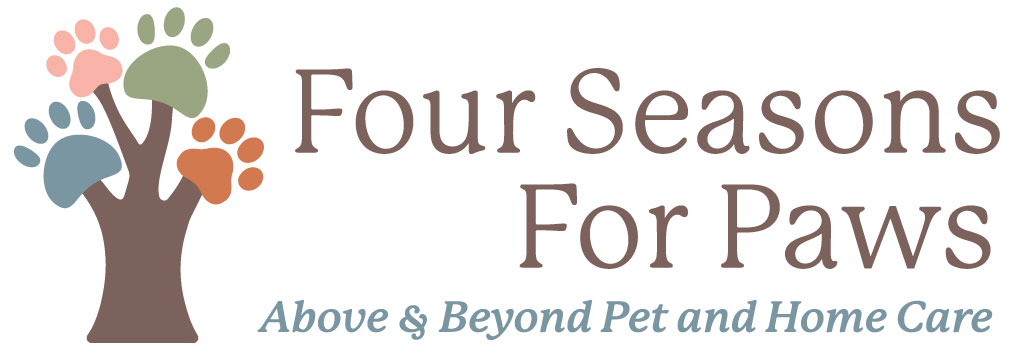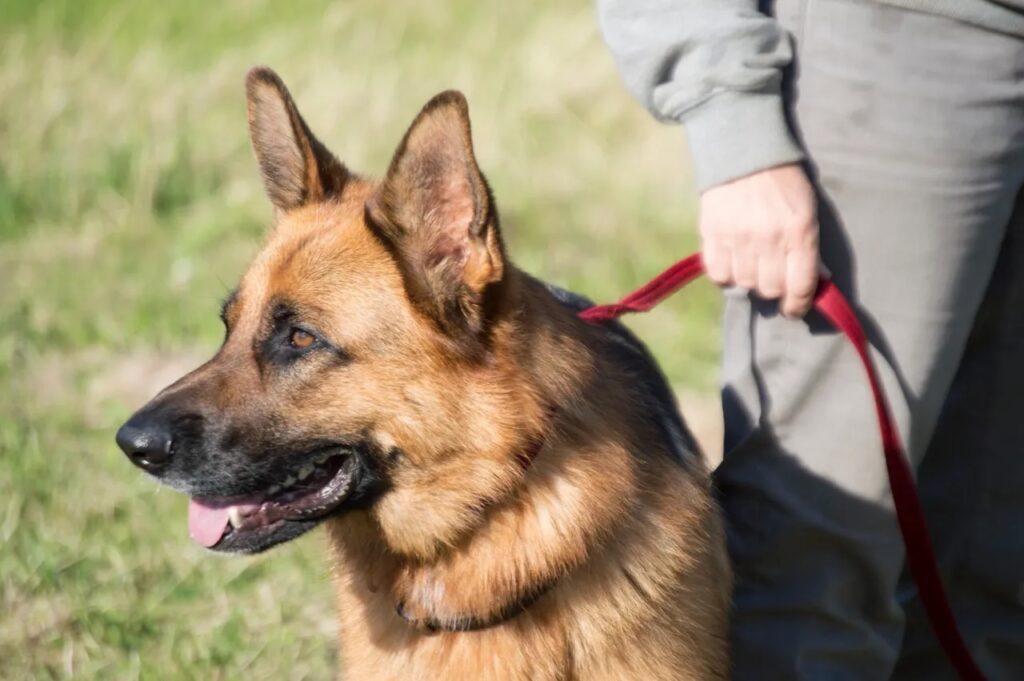Introducing dogs to each other for the first time can be an exciting but crucial moment. Whether you’re bringing a new furry friend home or introducing your dog to another dog, it’s important to ensure a smooth and positive experience for everyone involved. In this blog post, we will provide you with easy-to-follow tips on how to properly introduce dogs, covering the most common scenarios. By following these guidelines, you can help foster a harmonious relationship between your dogs right from the start.
1. Preparing for the Introduction:
Before the actual meeting takes place, it’s essential to make some preparations to set the stage for success:
– Choose a Neutral Territory: Select a neutral location, such as a park or a quiet area, where neither dog feels territorial. This helps to minimize any potential conflicts.
– Ensure Both Dogs are Healthy: Make sure that both dogs are up-to-date on vaccinations and free from any contagious illnesses. This ensures the safety and well-being of both dogs.
– Exercise Beforehand: Prior to the introduction, take both dogs for a walk separately to help release any excess energy. This can help them approach the meeting in a calmer state.
2. Introduction Scenarios:
a) Introducing a New Dog to Your Resident Dog:
When bringing a new dog into your home, it’s crucial to introduce them properly to your resident dog. Follow these steps for a successful introduction:
– Start with a Controlled Introduction: Keep both dogs on a leash and allow them to sniff each other from a distance. Observe their body language for signs of comfort or tension.
– Gradual Increase in Interaction: If both dogs seem relaxed, gradually decrease the distance between them while monitoring their behavior. Reward positive interactions with treats and praise.
– Supervised Off-Leash Interaction: Once both dogs are comfortable, you can allow them to interact off-leash in a secure, enclosed area. Continue to supervise their interactions closely and intervene if necessary.
b) Introducing Dogs on a Walk:
Meeting dogs while out on a walk is a common scenario. Here’s how to handle it:
– Approach with Caution: When you see another dog approaching, maintain a safe distance and observe their body language. If both dogs appear calm and relaxed, you can proceed with the introduction.
– Allow Sniffing: Allow both dogs to sniff each other’s rear ends, which is a natural way for dogs to gather information about each other. Keep the leashes loose to avoid tension.
– Keep Walks Positive: If the dogs show signs of tension or aggression, calmly redirect their attention and continue walking. Avoid forcing the interaction if it seems uncomfortable for either dog.
3. General Tips for a Successful Introduction:
– Stay Calm and Positive: Dogs can sense your emotions, so it’s important to remain calm and confident during the introduction. Use a soothing tone of voice and reward good behavior with treats and praise.
– Watch for Body Language: Pay close attention to the body language of both dogs. Signs of relaxation include loose body posture, wagging tails, and play bows. Signs of tension or aggression include stiff body posture, raised hackles, and growling.
– Take Breaks: If the dogs become overwhelmed or tense during the introduction, take a break and try again later. It’s important not to rush the process and allow the dogs to acclimate at their own pace.
– Seek Professional Help if Needed: If you’re unsure about how to introduce dogs or if you encounter any signs of aggression, it’s best to seek guidance from a professional dog trainer or behaviorist. If you live in Livingston County, Michigan, call Four Seasons For Paws! (810) 844-1897 We can provide personalized advice and support. And if a behaviorist is needed, we will be happy to refer you.
Conclusion:
Properly introducing dogs for the first time is crucial for building a positive and harmonious relationship. By following the tips outlined in this blog post, you can ensure a successful meeting between your dogs, whether it’s introducing a new dog to your resident dog or meeting dogs while out on a walk. Remember to prioritize safety, observe body language, and seek professional help if needed. With patience and proper introductions, you can set the foundation for a lifelong friendship between your furry companions!


